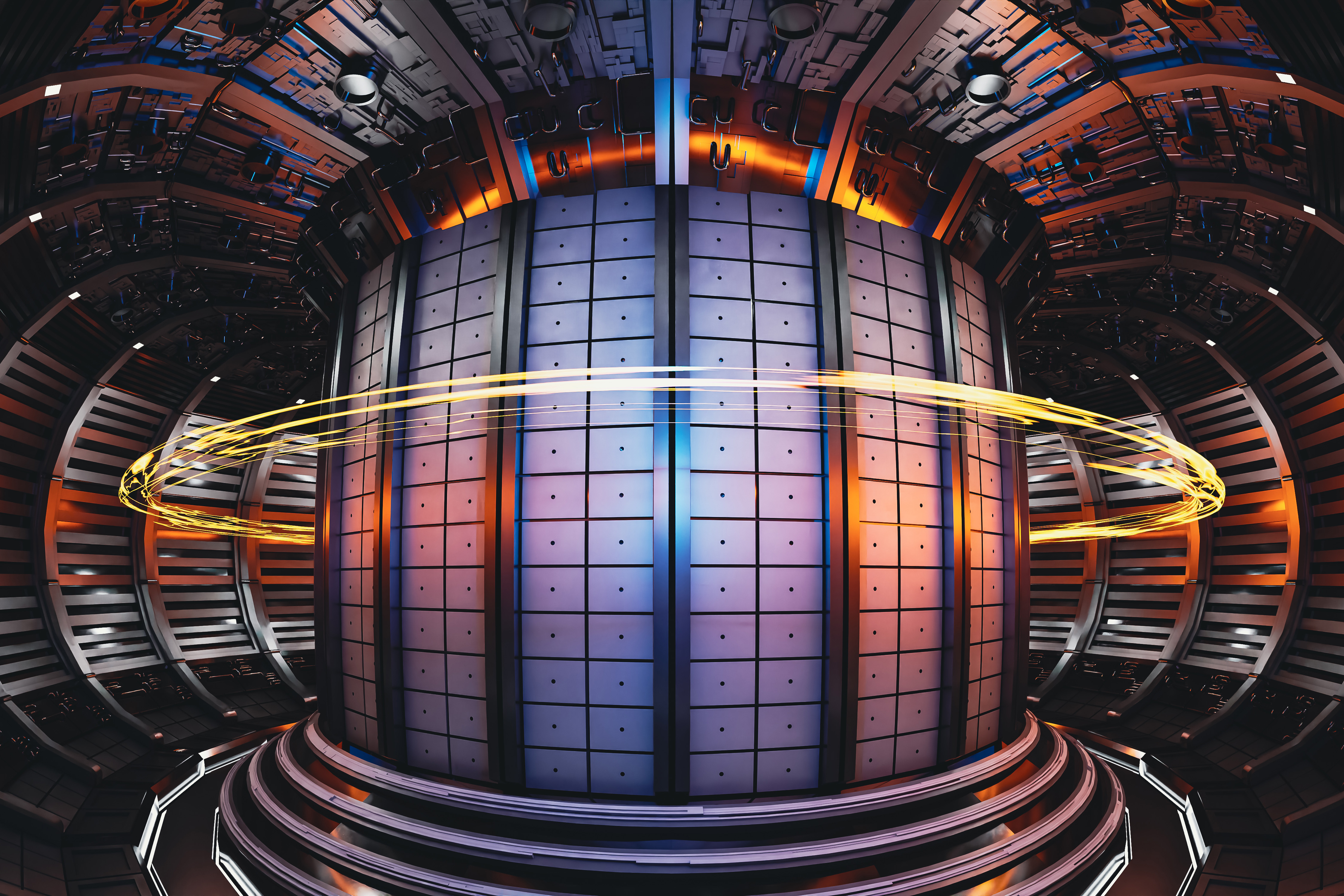Introduction to Tokamaks
Tokamaks are machines designed to harness the power of the sun by containing and stabilizing a plasma hotter than the sun’s core. This is achieved using powerful magnets that push the plasma’s atoms to fuse and release energy. If tokamaks can operate safely and efficiently, they could provide clean and limitless fusion energy in the future.
The Challenge of Plasma Rampdown
One of the significant challenges tokamaks face is safely and reliably turning off a plasma current circulating at speeds of up to 100 kilometers per second and temperatures over 100 million degrees Celsius. This process, known as "rampdown," is necessary when a plasma becomes unstable. However, the rampdown itself can sometimes destabilize the plasma, leading to minor damage to the tokamak’s interior, which requires considerable time and resources to repair.
Developing a Prediction Model
Scientists at MIT have developed a method to predict how plasma in a tokamak will behave during a rampdown. By combining machine-learning tools with a physics-based model of plasma dynamics, the team can simulate a plasma’s behavior and identify potential instabilities as it is ramped down and turned off. The researchers trained and tested the new model using plasma data from an experimental tokamak in Switzerland, achieving a high level of accuracy with a relatively small amount of data.
How the Model Works
The model uses a neural network paired with an existing physics-based plasma simulation. This combination allows the model to learn subtle changes in the plasma’s behavior during rampdown, using only a couple hundred pulses at low performance and a small handful of pulses at high performance. The data used for the study came from the TCV, a small experimental fusion device operated by the Swiss Plasma Center.
Practical Applications
The researchers also developed an algorithm to translate the model’s predictions into practical "trajectories" or plasma-managing instructions that a tokamak controller can automatically carry out. This algorithm was implemented on several TCV runs, resulting in safer and faster rampdowns without disruptions compared to runs without the new method.
Supporting Fusion Energy Development
The work was supported in part by Commonwealth Fusion Systems, an MIT spinout aiming to build the world’s first compact, grid-scale fusion power plant. The company is developing a demo tokamak, SPARC, designed to produce net-energy plasma. The new prediction model and tools like it can help predict plasma behavior and prevent costly disruptions, enabling safe and reliable fusion power.
Conclusion
The development of a prediction model for plasma behavior during tokamak rampdown is a significant step towards making fusion energy a reliable and efficient source of power. By improving the safety and reliability of tokamaks, scientists can move closer to achieving the goal of harnessing the power of the sun to generate clean and limitless energy.
FAQs
- What is a tokamak?
A tokamak is a machine designed to contain and stabilize a plasma hotter than the sun’s core, with the goal of harnessing its energy. - What is the challenge of plasma rampdown?
The challenge of plasma rampdown is safely and reliably turning off a plasma current circulating at high speeds and temperatures, without destabilizing the plasma and causing damage to the tokamak. - How does the prediction model work?
The prediction model combines machine-learning tools with a physics-based model of plasma dynamics to simulate a plasma’s behavior and identify potential instabilities during rampdown. - What are the potential applications of this research?
The potential applications of this research include improving the safety and reliability of tokamaks, enabling the development of compact, grid-scale fusion power plants, and ultimately providing clean and limitless fusion energy. - Who supported this research?
The research was supported in part by Commonwealth Fusion Systems, an MIT spinout, and the EUROfusion Consortium, via the Euratom Research and Training Program.











